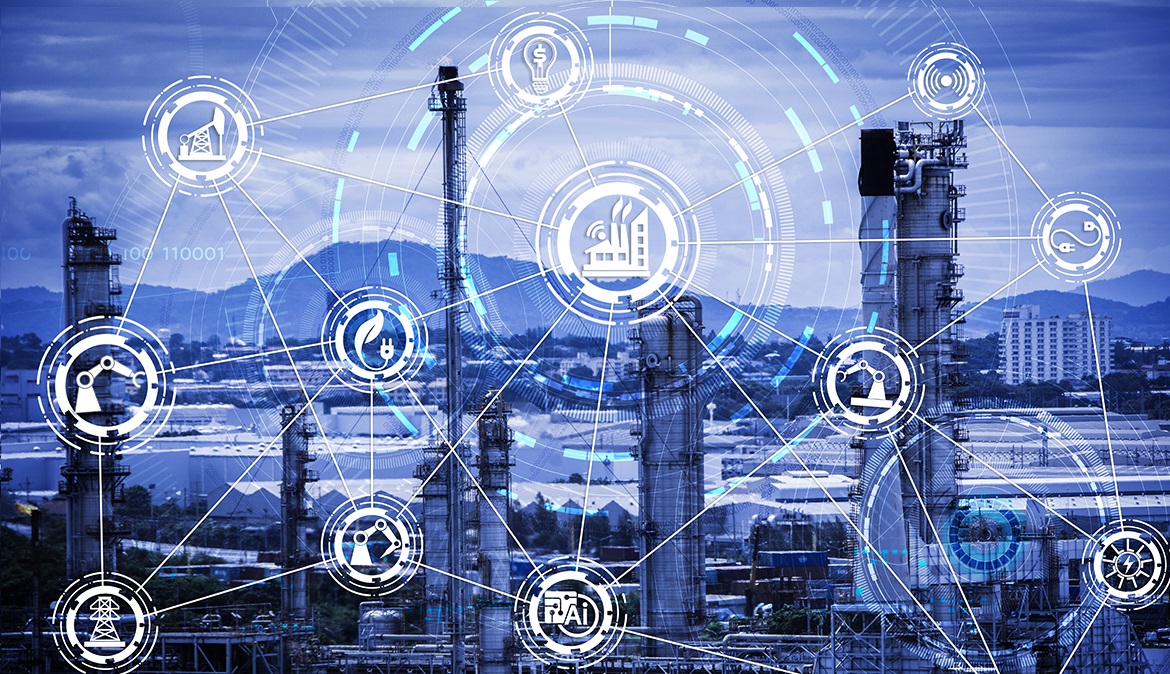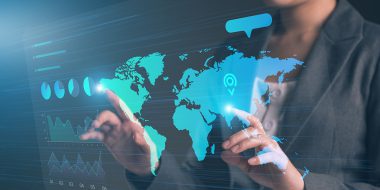Conceptual models have long helped in representing how an object would work in the real world. However, models rarely get tested under life-like situations or modified thereafter. Enter digital twin technology. With digital twins of physical objects, engineers can now continually monitor and improve products by testing them under simulated conditions to make them smarter. According to analysts tracking this space, the digital twin market is expected to reach over USD 15 billion by 2023.
What is a digital twin?
A digital twin is a virtual model of a physical asset such as a product, process, system or a facility. These digital replicas use data about physical assets to better understand and tighten their performance. For example, engineers can identify the safety risks of an aircraft engine by assessing different temperatures and stresses on parts, surgeons can navigate a digital visualization of an organ before operating on it, a digital twin of a rocket that displays its maximum wind resistance can ensure a launch in bad conditions, and so on.
Powered by a combination of artificial intelligence (AI), machine learning, and data analytics, digital twins can mirror the physical twin and reveal issues before they occur. To do so, they rely on a range of sensors embedded in the physical world to transfer real-time data about the operative process and environment. The data collected from the connected sensors is then analysed on the cloud, and is accessible via a dashboard.
Benefits of digital twin technology
Optimize product development time and cost: Due to its ability to analyse physical assets in real time, engineers can minimize the time and cost required in developing a product and optimize maintenance and overhaul functions.
Better decision-making: Engineers can simulate predictive scenarios based on ‘what-if’ scenarios, augment optimized decision making and manage business assets better.
Specific views for diverse participants: Digital twin technology provides the ability to create specific views based on a common data stream for the diverse participants of the business ecosystem relevant to their definitive requirement areas.
These benefits are leading to the increased adoption of digital twins in the manufacturing sector, especially electronics manufacturing.
IoT an integral part of digital twin technology
From the very definition, it’s clear that digital twins depend on IoT technologies. Driven by sensors, artificial intelligence, machine learning, data and analytics, IoT acts as the foundation for digital twins, as it leverages specific data about physical assets to help companies make better decisions.
Digital twin is, therefore, expected to increase IIoT deployments given its ability to add value for end-customers. Experts predict that, within the next five years, digital twins will be adopted by 85% of all IoT platforms.
Digital twin technology applications
Although Digital Twin technology is being implemented primarily in the manufacturing industry, it is increasingly finding applications in healthcare and smart cities. German packaging systems manufacturer, Optima, digitally mapped and examined its transport system using digital twin technology by Siemens. General Electric (GE) has already implemented over 500,000 digital twins across various production line nodes. The Singapore government, in association with the 3D design software giant Dassault Systèmes, is building a virtual model of the country with an aim to optimize and augment the urban planning process.
Experimental projects of creating virtual replicas of entire hospital systems are being undertaken to understand the implications of various decisions on the operating model. Ideas related to creating virtualized forms or digital copies (twins) of patients are being implemented to help map patient-specific risk factors and gauge the likelihood of success of the prescribed treatment or medicines.
In conclusion, the digital twin model or technological concept, with its inherent attributes of intelligent simulation and predictive abilities, ticks all the right boxes to emerge as an enabler – aiding the digitization of various industries and applications.
For in-depth custom research on digital twin technology, contact info@netscribes.com.






